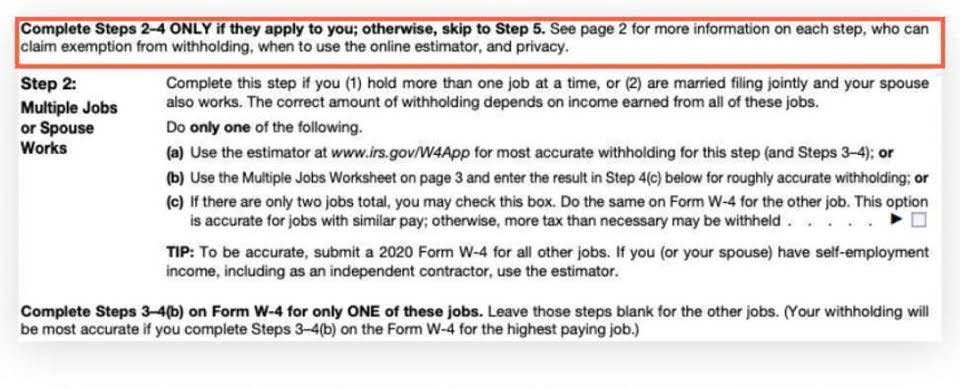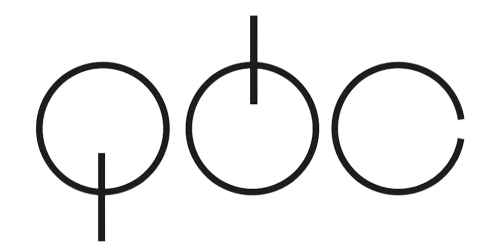
Accordingly, when the client is invoiced for an item that has an open PO, the cost does not automatically transfer to the cost of goods sold account on the Profit and Loss statement until the PO is closed. So it is important to remember the Vendor Invoice step just like the Client Invoice step because invoices in Design Manager software act as the financial triggers. We love collaborations and embrace working with architects, https://www.bookstime.com/ designers, and contractors as the best projects happen when creative brains get together and thoroughly think through all the desires of a homeowner. We’ve built a thriving online community designed to help interior designers network, find new opportunities, share inspiring designs, and learn how to become better business owners and freelancers. Cash flow is the lifeblood of every single business no matter how large or small.
Maintain Client Trust:
You would simply update your PO and payment so that what they are charging you matches exactly to what you’re recording on your end. For an interior design business to thrive financially, delineating expenses into well-defined categories is crucial. By systematically grouping costs under labels like materials, labor, transportation, and administrative overheads, businesses can achieve a streamlined financial analysis. Such clarity in categorization not only facilitates easier tracking and budgeting but also enhances transparency during financial reporting and audits. Start implementing the strategies and tips shared in this guide.
The Ultimate Cheat Sheet on Accounting for Interior Designers
All invoices and purchase orders need to be closed and completed before moving on. You also need to know what is yours to spend in your bank account and what is the client’s. This is account balance versus cash balance, which is important to know at any given time so that you aren’t accidentally spending more than you should be. Many designers think they are able to track this on their own, but things get tricky when you are working with multiple clients on multiple projects at one time! This is another reason why it is so important to have accurate financial data at all times and make sure you are effectively tracking and documenting everything. It’s essential for interior designers to consistently match their bank and credit card statements against their bookkeeping entries.
Interior Design Bookkeeping: Tax Tips Every Interior Designer Should Know

Regular bookkeeping allows small businesses to budget appropriately and avoids financial instability. As a business owner, it is imperative to set aside funds for taxes. Estimate your tax liability based on your income and expenses, and allocate a portion of your earnings to cover tax obligations. Say farewell to stacks of design invoices and the hassle of manually tracking expenses—we automate inputs directly from your linked accounts. Get insights from one unified dashboard, simplifying your understanding of your interior design business’s financial health and empowering you to make informed strategic decisions. Our platform enables you to automate data inputs from most major providers, eliminating common errors that can occur in the financial side of your interior design business.
As an interior designer, you need to track your income, expenses, and project costs . Understand your financial situation, make informed business decisions, and follow tax regulations. Here at Design Manager, we frequently broadcast the importance of diligent bookkeeping to operating a successful, profitable interior design business. If you find bookkeeping overwhelming or if you lack the necessary expertise, consider hiring a professional bookkeeper or accountant. These professionals can handle your day-to-day bookkeeping tasks, provide financial advice, and ensure compliance with tax regulations.
Ask an Accountant: Six Ways to Manage Your Small Business Finances
Do this by analyzing historical data and industry trends. This will help you make strategic decisions and plan for growth. Keeping track of sales and income tax and submitting filings in a timely manner helps keep your company from defaulting. Complying with government regulations payroll taxes must also be filed.
Design firm testimonial
This software combines interior design project management functions with basic accounting functionality, making it extra valuable to those on a budget. Within the interior design industry, safeguarding sensitive financial data is paramount. Ensuring strict confidentiality prevents unauthorized access, shielding the business from potential fraudulent activities or data breaches. Employing secure systems and protocols, alongside regular audits, not only upholds the company’s integrity but also fosters trust among clients and stakeholders.

With Bench Accounting, we provide professional bookkeeping services that are tailored to your needs. Our experts are knowledgeable in dealing with specific professions like interior design hence can significantly assist in managing your accounts and finances better. As an interior designer, you are entitled to various tax deductions. Some specific deductions bookkeeping for interior designers include business-related expenses like software or drafting tools, samples, marketing costs, home office expenses, travel expenses, legal and professional fees, and many more. We know that of course, everyone’s process is different when it comes to interior design bookkeeping. You may invoice your client right off the bat once they approve the proposal.
Review Financial Reports:
- For those who want a basic accounting software that still gets a lot done, Wave is an excellent choice due to its robust free single-user version.
- Yet, many interior designers find it beneficial to hire a bookkeeper.
- Let us handle your books, so you can devote more time to creating beautiful spaces.
- This means setting up your sales tax center, setting up your chart of accounts (income accounts, expense accounts, etc.).
- Do you want your accounting software to be integrated with multiple credit cards and bank accounts?
- Accountants advise documenting all of your expenses, this includes things like travel, supplies, and marketing costs.
- This meticulous approach not only safeguards the integrity of financial records but also proven invaluable during formal audit reviews, substantiating the veracity of each transaction.
